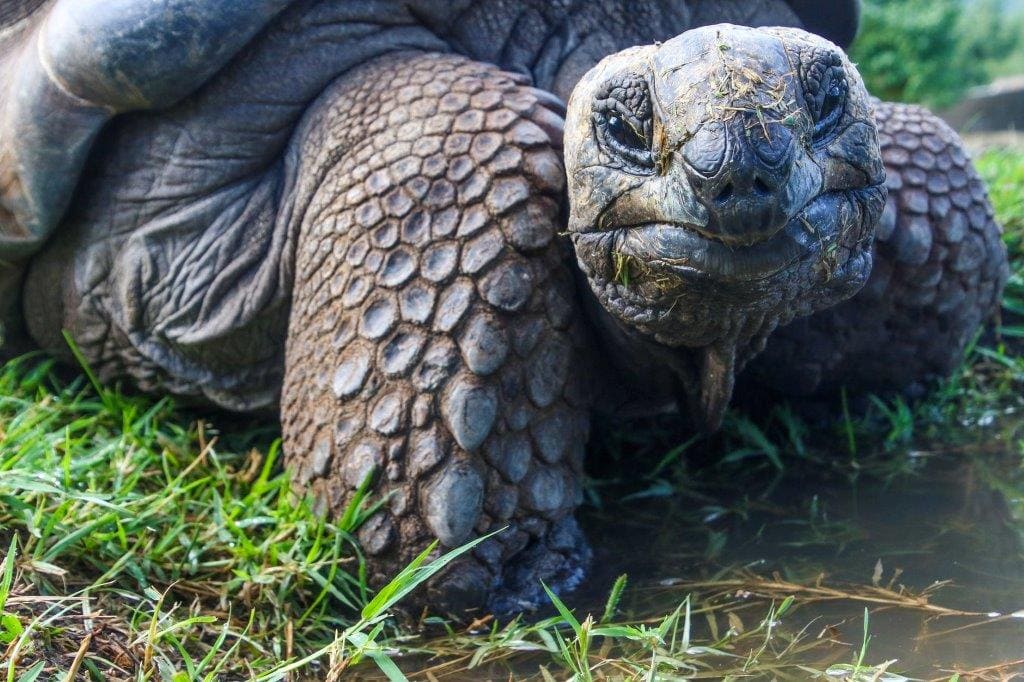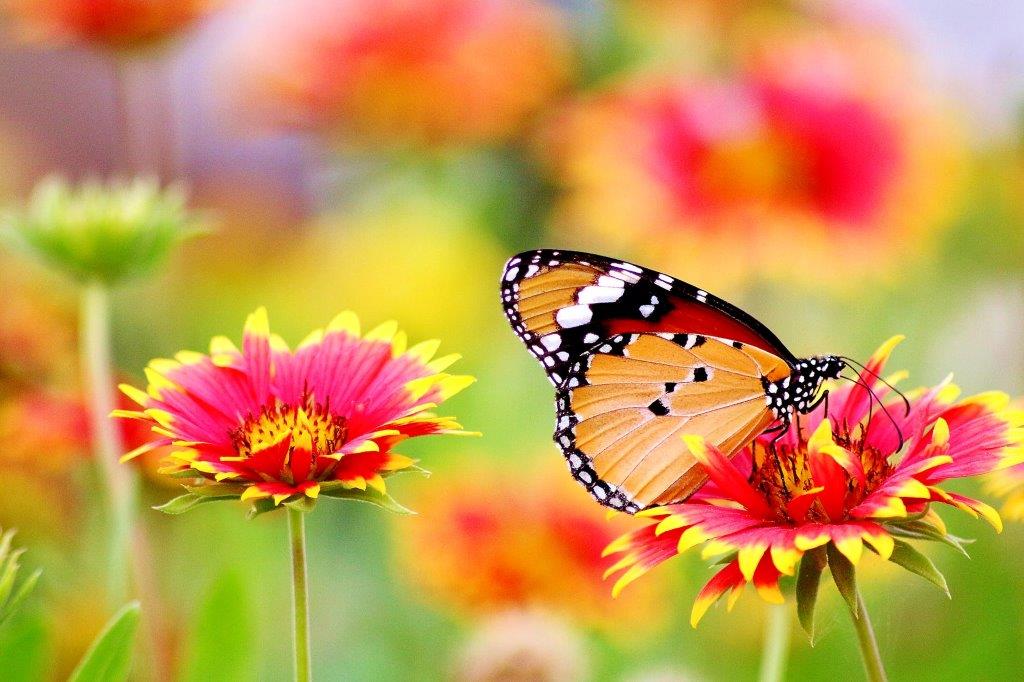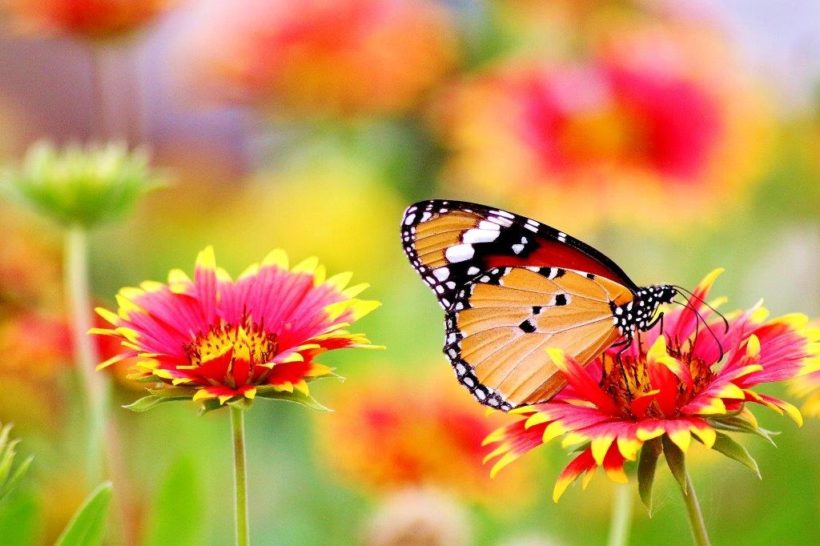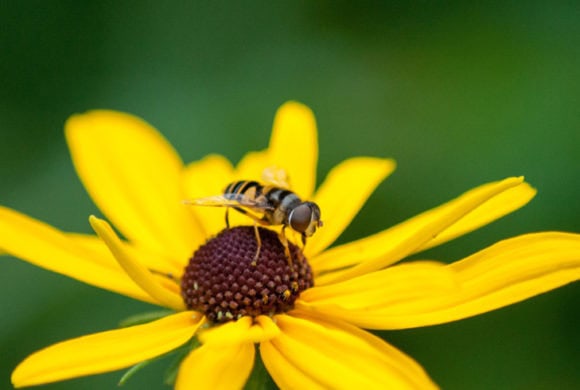Are one million species going extinct?
You may have read a startling headline recently about one million species going extinct, but what does that really mean? Are one million plant and animal species going to die in the next month? Year? Decade? Century? Why are they going extinct and can we do anything to prevent it? Let’s dive into the report that triggered the news storm and find out.

On May 6, the United Nations announced the release of a landmark new report from the Intergovernmental Science-Policy Platform on Biodiversity and Ecosystem Services (IPBES) that indicated the frequency of species extinctions is accelerating at an unprecedented rate in human history. According to the IPBES Chair, Sir Robert Watson:
“The overwhelming evidence of the IPBES Global Assessment, from a wide range of different fields of knowledge, presents an ominous picture. The health of ecosystems on which we and all other species depend is deteriorating more rapidly than ever. We are eroding the very foundations of our economies, livelihoods, food security, health and quality of life worldwide.”
The report was compiled by 145 expert authors with input from an additional 310 contributing authors from around the globe. The systematic review of about 15,000 scientific and governmental sources found, in part, that more than 40% of amphibian species, 33% of reforming corals, 30% of all marine mammals, and 10% of insects are threatened by extinction. Many of the species may be gone in mere decades. While striking, the findings are not necessarily unexpected considering about three-quarters of land habitat and two-thirds of marine environments have been significantly altered by human activity. To compound the issue, more than 30% of the total land surface and nearly 75% of all freshwater resources on earth are dedicated to crop and livestock production, and that’s bad news for humans.


Loss of marsh plants and other shore structure means erosion, flooding, and encroachment on human activities. Loss of wildlife means fewer tourism opportunities, less wild-caught food, and missed scientific opportunities for technological and medical breakthroughs. Loss of trees means reduced air quality and destabilized forests. Loss of pollinators could even lead to agricultural collapse. Losing species is like pulling threads from fabric. First you get holes, and then the whole thing falls apart.
It’s a depressing conclusion, but the report is clear: This great extinction is not inevitable. To help policy makers focus on the most pressing threats, the report’s authors identified five direct drivers of change in the environment. They are, in order of largest relative global impact:
- Changes in land and sea use
- Direct exploitation of organisms
- Climate change
- Pollution
- Invasive alien species
To change our current trajectory, the authors reaffirm that the global economy needs to transform into a proactively sustainable system that’s less focused on the outdated principles of unbridled growth, and more responsive to the competing interests of human activity and ecological balance. The success of a paradigm-shifting plan of this magnitude is contingent upon cross-sector management of resources among influential industries like agriculture, forestry, energy, and finance. To save the bulk of these species, these actions must be swift and our commitment must be unwavering. It’s no small task, but it is possible.
Widespread global action is critical, and so are individual and community efforts. If you’re feeling helpless in the face of such adversity, take just one action from the list below:
- Join your local Pollinator Pathway
- Make your yard a healthy yard
- Swap in-store plastic produce bags for one of these
- Learn more about invasive species and how to manage them
- Volunteer at your local environmental organization

About the Author
Nadya Hall
Nadya has her master’s in environmental policy with a focus on human-wildlife coexistence. She is passionate about the conservation of wildlife and wild places through science, advocacy, and environmental education.
Upcoming program
Gardening with Native Plants Workshop
June 22 @ 10:00 am – 11:30 am
Gardening with native plants in our suburban landscape has many environmental benefits. Join landscape designer Amanda Bayley, co-founder of PLAN it WILD, for a presentation on how to beautify your own yard with native plants followed by a tour of Teatown’s native gardens.



